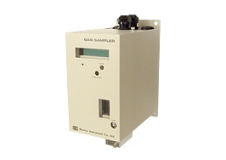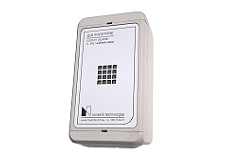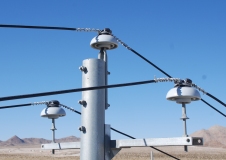Options for detection of
There are various techniques for detection of
Acceptable exposure limits are issued by Worksafe Australia. The table below shows the relevant 8-Hour Time-Weighted Average (TWA). During periods of daily exposure to an airborne contaminant, exposure above this value is permitted for short periods, provided they are compensated for by equivalent exposures below the exposure standard during the working day. The density relative to air is important in regards to the mounting height of the
There are no direct instruments available for detection of this gas. There may be alternative options available, contact us for more information.
Gas Specifications
- Gas Name:
- Formula:
- CAS No.:
- TWA:
ppm - LEL:
%VOL - Density relative to air:









